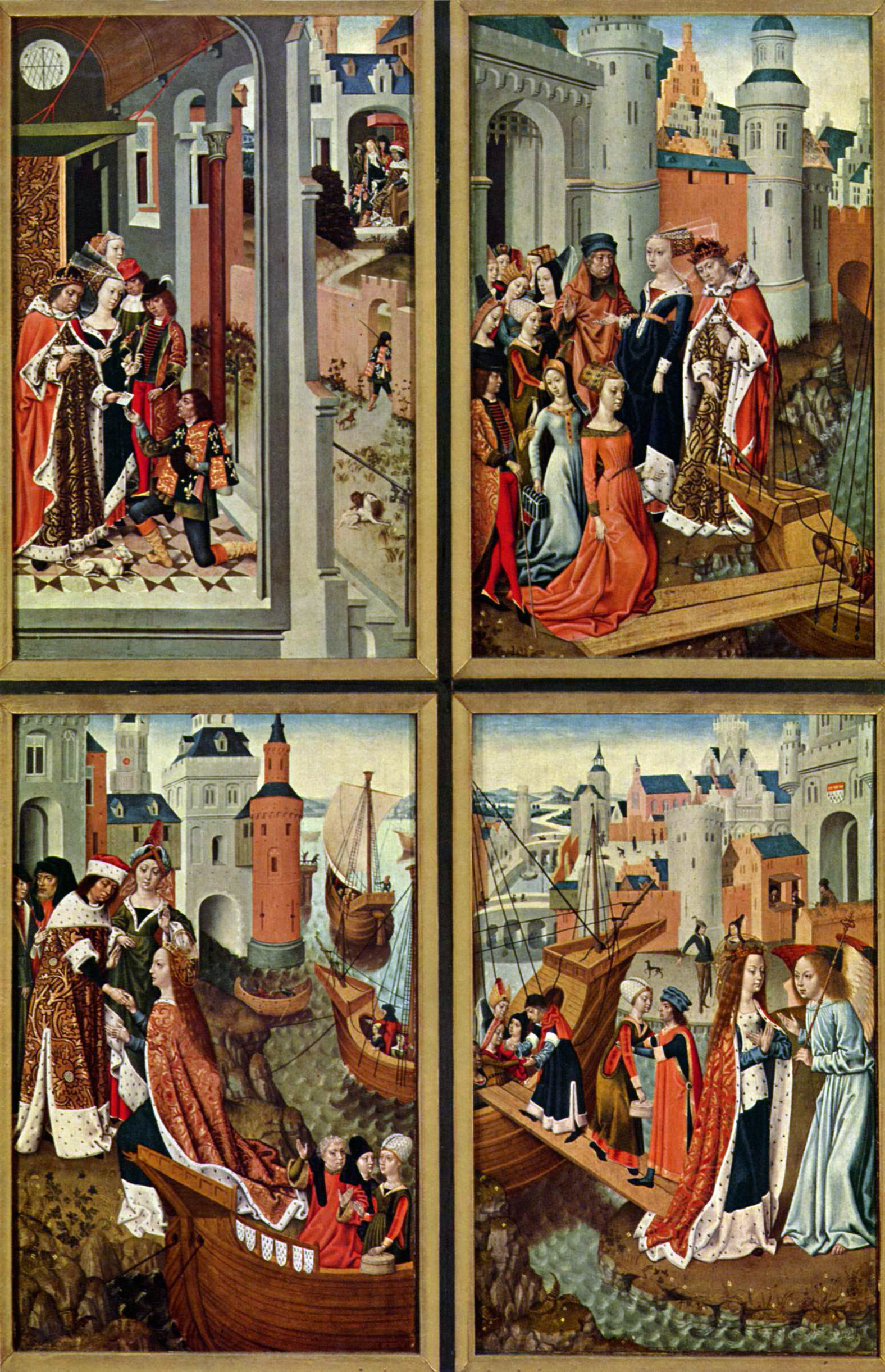|
Cesi (Terni)
Cesi is a ''frazione'' of the Italian ''comune'' of Terni, in the province of Terni, southern Umbria, Italy. The small borgo, which retains its late-medieval aspect, set among olive groves, lies "stretched out lengthwise along a narrow contour on the slopes of M. Torre Maggiore," about 18 km north of Terni at an altitude of 437 m, one of the southernmost peaks of the Monti Martani. As of 2001 there were 682 residents. History Testaments to the likely Umbrian origin of the site of ''Clusiolum'' are remains of walling slightly below the present village. Above it, near the peak of the Torre Maggiore (1121 m.) are the remains of an Italic religious complex dating to the sixth century BCE, brought to light by an excavation. The name ''Cesi'' derives from Late Latin ''caesa'', a place cleared of woodland. In the Middle Ages Cesi was a fief of the Arnolfi, the chief seat of the ''Terre Arnolfe''. The family claimed descent from the Lombard Arnulf, who established himself in th ... [...More Info...] [...Related Items...] OR: [Wikipedia] [Google] [Baidu] |
Aquasparta
Acquasparta is a town and ''comune'' in the province of Terni (Umbria, central Italy). It is located on a hill above the Naia Valley and the river of the same name, facing the Monti Martani mountain range. It is one of I Borghi più belli d'Italia ("The most beautiful villages of Italy"). It also sits between two hot springs, the Amerino and the Furapane. History The name's origin is traditionally connected to the Roman toponym of ''Aquas Partas'' ("divided waters" or "between the waters"), about which, however, no documentation exists. More probably, the name born from the presence of several different water sources in the area. During the ancient Roman domination the area was a retreat – a spa whose mineralized hot water baths were easily accessible from Rome along the west branch of the via Flaminia. Thermal baths remain open to the public today. The city was later part of the Terre Arnolfe, and was later subjected to Todi. Subsequently, in 1588, it became a fief of the Cesi ... [...More Info...] [...Related Items...] OR: [Wikipedia] [Google] [Baidu] |
Benedictines
The Benedictines, officially the Order of Saint Benedict (, abbreviated as O.S.B. or OSB), are a mainly Christian mysticism, contemplative Christian monasticism, monastic Religious order (Catholic), order of the Catholic Church for men and for women who follow the Rule of Saint Benedict. Initiated in 529, they are the oldest of all the religious orders in the Latin Church. The male religious are also sometimes called the Black Monks, especially in English speaking countries, after the colour of their religious habit, habits, although some, like the Olivetans, wear white. They were founded by Benedict of Nursia, a 6th-century Italian monk who laid the foundations of Benedictine monasticism through the formulation of his Rule. Benedict's sister, Scholastica, possibly his twin, also became a religious from an early age, but chose to live as a hermit. They retained a close relationship until her death. Despite being called an order, the Benedictines do not operate under a single ... [...More Info...] [...Related Items...] OR: [Wikipedia] [Google] [Baidu] |
Anonymous Masters
In art history, an Notname, anonymous master is an Old Master whose work is known, but whose name is lost. Renaissance Only in the Renaissance did individual artists in Western Europe acquire personalities known by their peers (some listed by Vasari in his ''Lives of the Artists''), such as those known by: * Their true name or their father's name: ** Filippino Lippi after his father Fra Filippo Lippi * A chosen pseudonym, possibly linked to his birthplace or his father's trade: ** Giuliano da Sangallo worked on the gate of Saint Gall ** Antonio del Pollaiuolo, after his father, a chicken farmer (pollo in Italian) ** Jacopo del Sellaio, after his father, a saddler (''sellier'') ** The Della Robbias (after the Tuscan word ''robbia'', dyers' Rubia tinctorum, madder, and his father, the dyer Luca della Robbia) ** Masuccio Segondo, student of Masuccio Primo ** etc. * A surname attributed to him: ** Simone del Pollaiolo, Il Cronaca, who never stopped talking about the ruins he had seen in ... [...More Info...] [...Related Items...] OR: [Wikipedia] [Google] [Baidu] |

